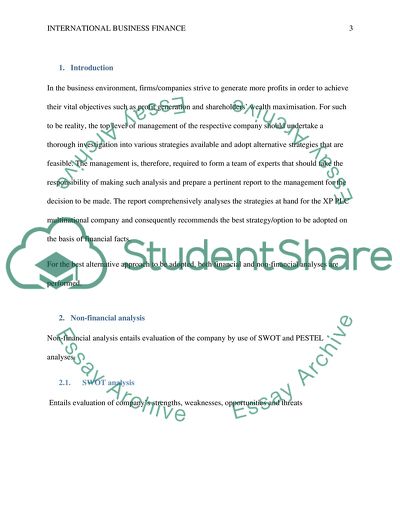Cite this document
(“International business finance Case Study Example | Topics and Well Written Essays - 3000 words”, n.d.)
International business finance Case Study Example | Topics and Well Written Essays - 3000 words. Retrieved from https://studentshare.org/finance-accounting/1690410-international-business-finance
International business finance Case Study Example | Topics and Well Written Essays - 3000 words. Retrieved from https://studentshare.org/finance-accounting/1690410-international-business-finance
(International Business Finance Case Study Example | Topics and Well Written Essays - 3000 Words)
International Business Finance Case Study Example | Topics and Well Written Essays - 3000 Words. https://studentshare.org/finance-accounting/1690410-international-business-finance.
International Business Finance Case Study Example | Topics and Well Written Essays - 3000 Words. https://studentshare.org/finance-accounting/1690410-international-business-finance.
“International Business Finance Case Study Example | Topics and Well Written Essays - 3000 Words”, n.d. https://studentshare.org/finance-accounting/1690410-international-business-finance.


